Identify this plant and why is it drooping?
treyz2004
13 years ago
Related Stories
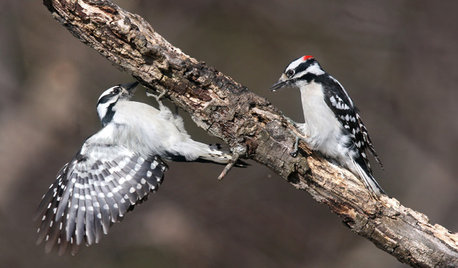
GARDENING FOR BIRDSBackyard Birds: How to Identify Two Common Woodpeckers
Downy and hairy woodpeckers have similar coloration and behavior. But there are two big differences that separate them
Full Story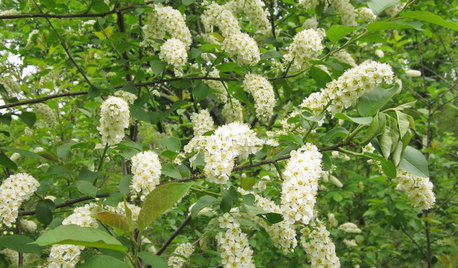
TREESNative Plant Alternatives to Invasive Common Buckthorn
Learn how to identify and control this aggressive plant, and what to grow in its place
Full Story
GARDENING GUIDESWhat's Wrong With My Plant? Leaves Often Hold the Clues
Learn how to identify common plant ailments by reading their leaves
Full Story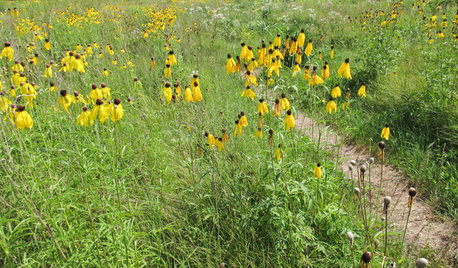
GARDENING GUIDESGreat Design Plant: Ratibida Pinnata Flutters in the Breeze
This bright coneflower brings splashes of yellow to eastern U.S. prairie gardens and perennial borders
Full Story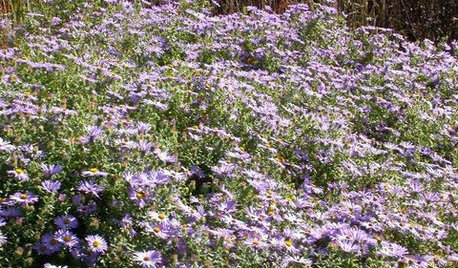
GARDENING FOR BUTTERFLIESGreat Design Plant: Aromatic Aster Keeps on Blooming
Tough as nails, drought loving, a deep fall bloomer ... this aster is a champ in sunny gardens
Full Story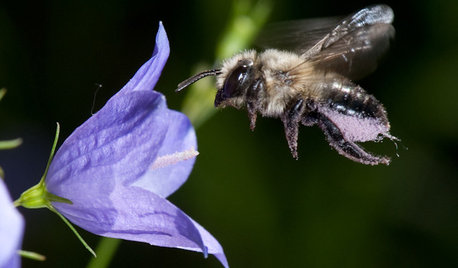
NATIVE PLANTSGreat Design Plant: Color Outside the Lines With Bluebell Bellflower
Plant this Campanula on pathway and patio edges for shots of bright blue from May through September
Full Story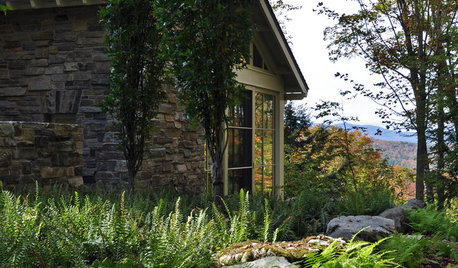
GARDENING GUIDESGreat Design Plant: Athyrium Filix-Femina
If you need a well-mannered plant that shines in the shade, lady fern is for you
Full Story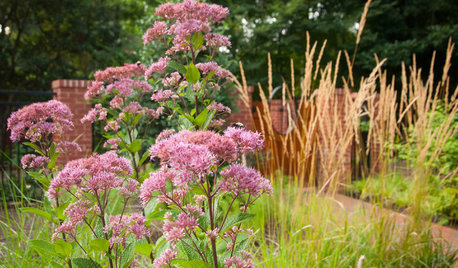
GARDENING GUIDESGreat Design Plant: Eutrochium Maculatum
Sculptural, slightly tropical looking and a boon to wildlife, Spotted Joe Pye Weed is a gotta-have plant in many parts of the U.S.
Full Story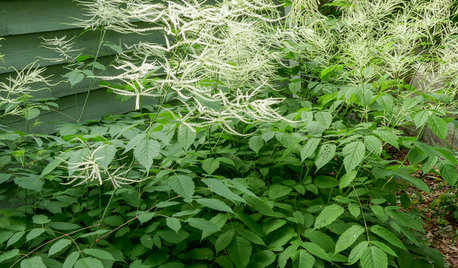
FLOWERS AND PLANTSAruncus Dioicus Is a Stately Plant for Shady, Moist Garden Spots
Plant goat’s beard in perennial and woodland gardens. Its large white spring blooms attract bees, beetles and butterflies
Full Story
GARDENING GUIDESGreat Design Plant: Wild Lupine Dresses Up Rocky Gardens
Spiky blue flowers and a high tolerance for poor soil make this plant ideal for tough sites
Full StoryMore Discussions









drvongirl
exoticrainforest
Related Professionals
Edmond Landscape Architects & Landscape Designers · Waunakee Landscape Architects & Landscape Designers · McKinney Landscape Contractors · Bridgeport Landscape Contractors · Burien Landscape Contractors · Deerfield Landscape Contractors · Mastic Beach Landscape Contractors · New Cassel Landscape Contractors · North Highlands Landscape Contractors · Porterville Landscape Contractors · Rockland Landscape Contractors · San Bruno Landscape Contractors · Sugar Hill Landscape Contractors · Kingsburg Landscape Contractors · Whitman Interior Designers & Decoratorsrhizo_1 (North AL) zone 7
pirate_girl
exoticrainforest
drvongirl
exoticrainforest
exoticrainforest
buyorsell888
pirate_girl